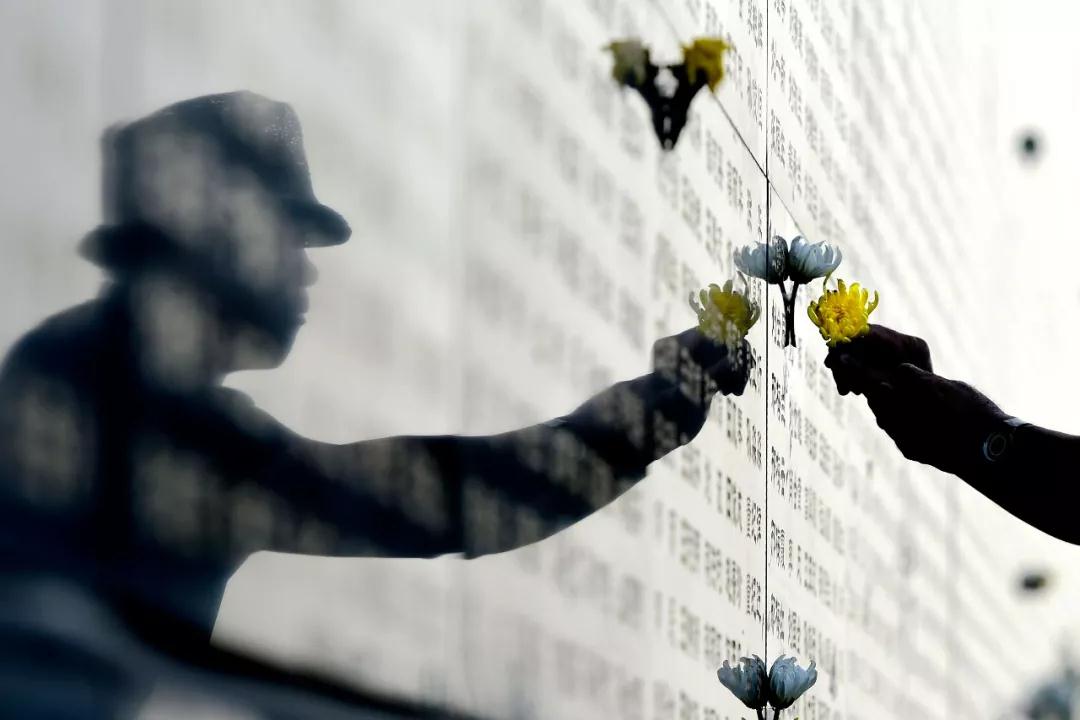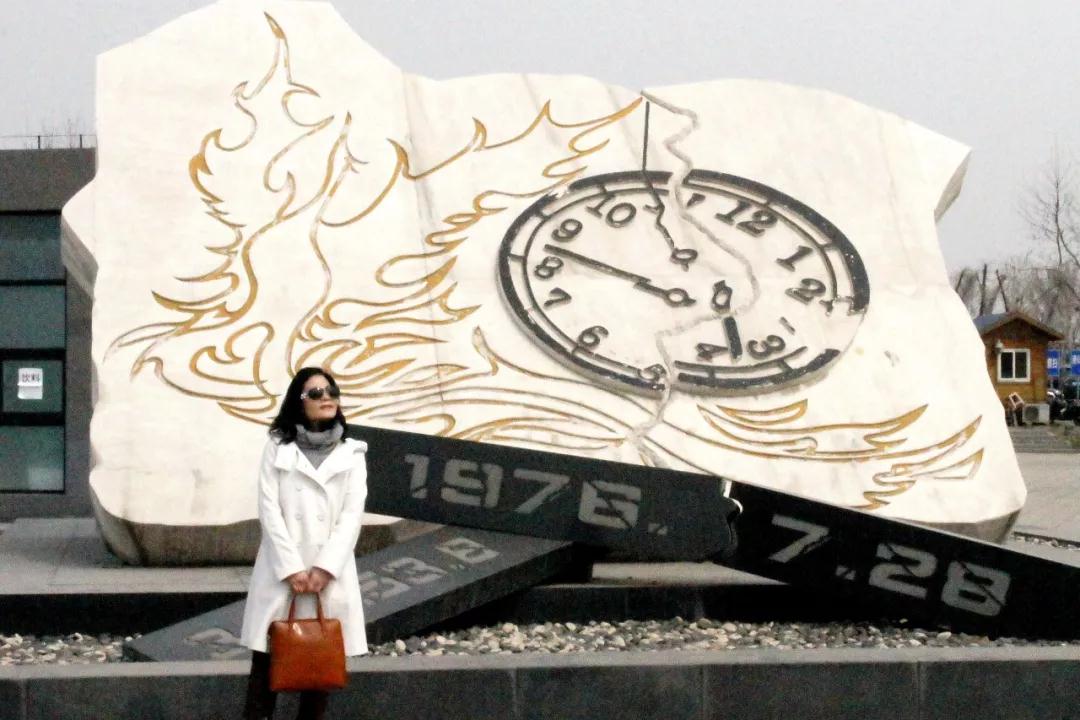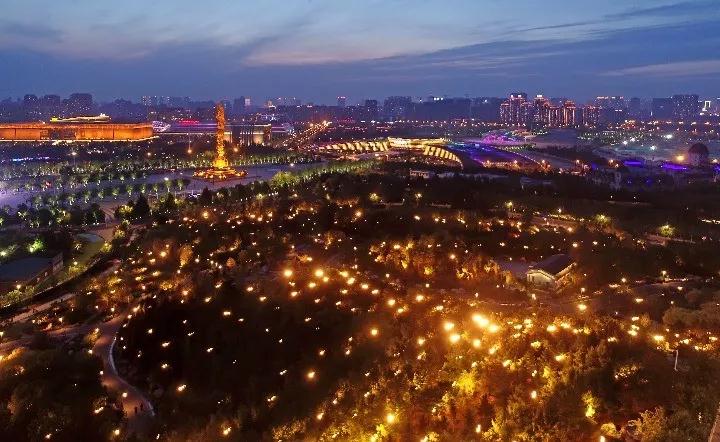
This is People's Daily Tonight, your news source from China.
——
43 years on: Tangshan reborn after earthquake
A 7.8-magnitude earthquake struck Tangshan, North China's Hebei Province, on July 28, 1976, and claimed the lives of more than 240,000 people.

A man mourns the victims at the memorial wall for the Tangshan Earthquake. (Photo: Xinhua)
More than 164,000 people were seriously injured, 3,817 people became paraplegic, and 4,204 children became orphans. The catastrophic quake also destroyed 97 percent of buildings and 55 percent of production equipment, causing a direct economic loss of 3 billion yuan.
Although it's hard to ease the pain from the quake, many people choose to bravely struggle to help in the aftermath.

People clean up debris after the quake. (Photo: Xinhua)
After the pain
Liu Jiang, a miner who lost his father in the earthquake, returned to work on August 2 after burying his parent, while Feng Lindi, a steel worker who lost his two-year-old son, returned to work at once in that morning after the painful quake.
Liu said, "I feel uncomfortable staying at home. The mine needs us."
Liu actively participated in the mine drainage team, carrying heavy pumps with other workers.
"It was hard to walk, but I felt energetic!"
Feng never forgets the moment when Tangshan repaired its first furnace after the earthquake.
Children grow stronger
Dong Huijuan, who lost her parents and brother in the quake, is now a professor at Tangshan Normal University and China's first disaster psychology doctor.
After the quake, a total of 4,204 children lost their families. The children received countless offers of social care.

Dong Huijuan in a photo with the sculpture at the entrance of the Tangshan Earthquake Memorial Park. (Photo: Xinhua)
Among these children, the eldest was 16 years old, while the youngest was only 2 months. Dong was one of them.
Dong had hidden her pain until she found that the best way to ease it was to help those despairing children who lost their families in the Wenchuan earthquake.
"I'm also an earthquake orphan," she said to her little patients.
Just like Dong, many Tangshan children are now working in helping positions, bringing their strength to the motherland. Some joined the army and devoted themselves to rescue and relief work.
Grateful for life
Zhang Xiangqing, also an earthquake orphan, still remembers that day.
"At that time, the People's Liberation Army built houses and distributed relief supplies for us every day from dawn to dark. They gave everything to us," Zhang recalled.
Zhang, a successful entrepreneur now, resolutely donated 100 million yuan for the Wenchuan earthquake recovery, which is not a small accomplishment even for an entrepreneur.
"We will build their homes! Build the best homes that will not afraid of any earthquakes!" said Zhang, his words touching many.
Disasters tightly linked the hearts of the Tangshan and Wenchuan people. Tangshan raised nearly 400 million yuan for the Wenchuan earthquake rescue and relief, ranking first among all prefecture-level cities nationwide.
"It's the people of the whole country and PLA who saved me in the earthquake," Zhang always says. "Tangshan people who stood up from the ruins should have a grateful heart."
Going through catastrophe, the city witnesses not only joys and sorrows, but also incomparable strength.

An aerial view of Tangshan taken on May 29, 2019 (Photo: Xinhua)
Participating in the Belt and Road Initiative, today's Tangshan is building a window for economic cooperation in Northeastern Asia. With a heavy history but bright prospects, a brand new city is rising on the land of China.
(Produced by Han Xiaomeng; text from People's Daily app)


